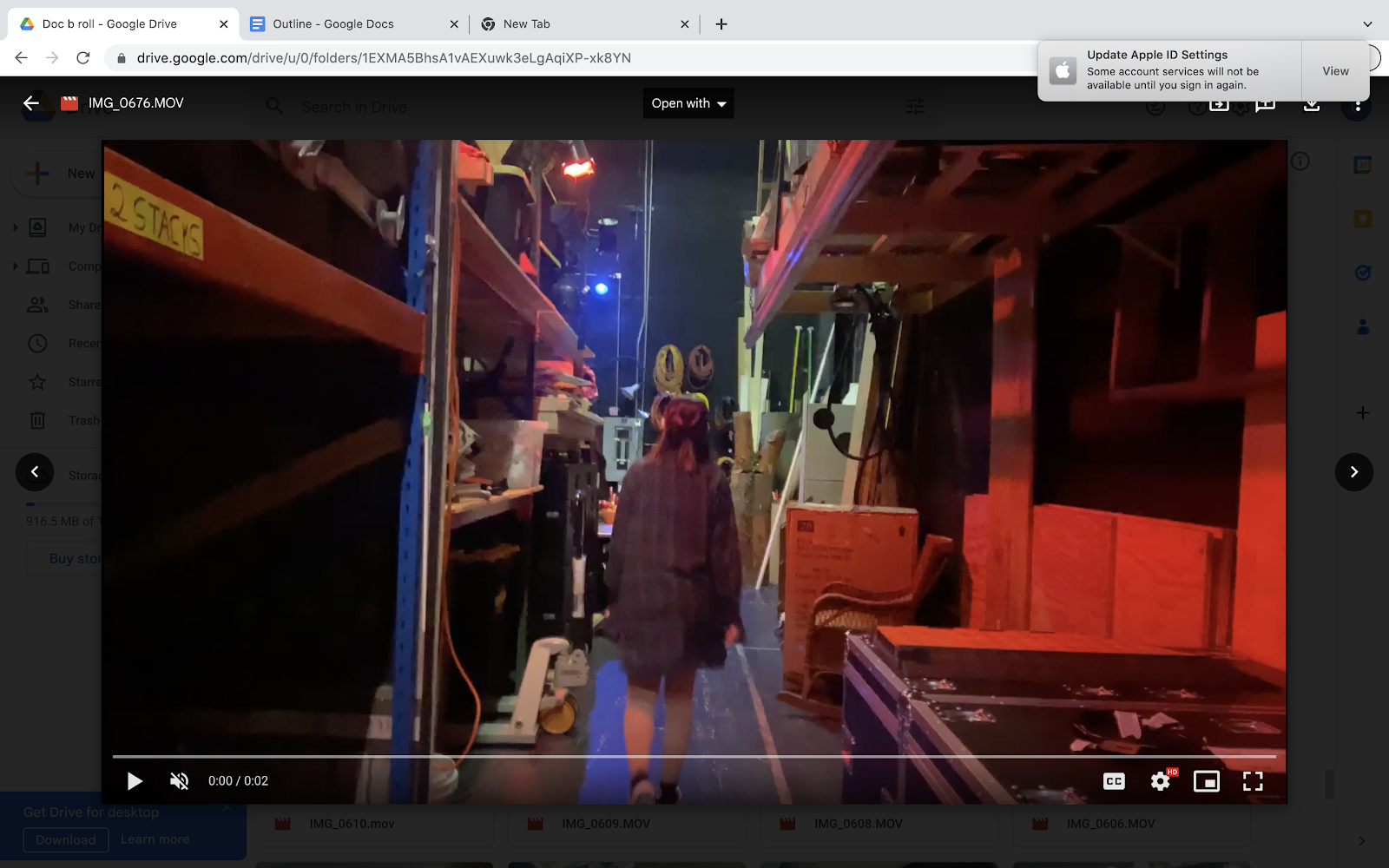Monday, December 12, 2022
Documentary Critical Reflection
Documentary Creation
I'm back...
Hello blog, another summer has come and gone and I am back to producing pieces, but this time in AICE Media Studies A level!
The Assignment:
One of my first AICE Media A-level assignments was to create a ten-minute documentary. I was given creative freedom which at times I have trouble with because usually I like to have some sort of preset idea to work with, but luckily my friend Nethumi asked me and my friend Sachate to work with her and she had a strong idea on what she wanted to document. Nethumi wanted to do a documentary about why students continue to pursue theatre even when there are stigmas around it.
https://www.blogger.com/u/1/blog/post/edit/preview/5652476163938694739/1366351320149178031
If you read the above blog you would know I love musicals. I have been doing theatre performances since I was in elementary school and most recently did the show Something Rotten, so our documentary covers that production and also the production of Beauty and the Beast junior so that it covers a variety of viewpoints.
Pre-Production
I did not realize coming up with an in-depth topic for our documentary would take as much time as it did. For a full day, our ideas kept being too broad. Eventually, we developed the topic I mentioned before and got to planning what b-roll we would film and I helped come up with interview questions. The planning document is linked below.
https://docs.google.com/document/d/1AViN_4gFkRZSb3Kit7IoknzzNPirlZgX7GMi8wdTVl4/edit?usp=sharing
Production
From November sixth till November eleventh I worked to gather B-Roll footage of all things Something Rotten related. This was going great! Then a hurricane hit! I was supposed to be gathering footage throughout the tech week (before show week) which I did other than on the ninth since our rehearsal was canceled due to the performance center being closed. Whenever I had free time whilst not on stage performing I walked around the theatre and captured people in action and also captured many still shots of props, sets, costumes, etc. Filming during tech week allowed us to record in show-like situations without interrupting the real show.
 |
| Favorite Shot I Captured |
During this week I also interview my friend, and AICE Media AS level student, Angela, this interview was done outside but luckily did not sound as windy as the interview Nethumi did of her friend, and fellow AICE Media A level, student Keira. My interview ended up not being used in the final edit.
 |
| Interview I Captured |
Post-Production
Once all of our B-Roll and Interviews were complete my group members and I uploaded all of our footage into a singular drive. I then went through and deleted any clips that were somehow imported twice and shared with my group any footage I believe we would not use and had them decide if I could delete it.
 |
| B-Roll Drive |
Editing wise at first all three of us group members were going to edit the full documentary and compare it to see how we did. Once Nethumi started she informed us of how long the process was taking her and we decided that only she would edit. She also had trouble uploading Keira's interview footage clearly and Keira had great answers we wanted to use, so Nethumi edited due to having access. Sachate ended up editing a section of the piece and also created an intro graphic. I was the only one not to edit, which I regret, but I was not sure how my section would fit into the documentary or if it would not be used.
Speaking of not being used, the majority of my B-Roll was not used which I found a bit upsetting, but understandable. I think if I would have edit my own version I would have included more of it since I could see the potential it had.
I am proud of my group in our creation during a hectic time. This project taught me that your creations may not always be used and that you have to accept that and trust that everything will turn out to be okay.
Life Update
Hi blog, senior year has been something. I have decided to finish my year by graduating early attending online classes. I am still going ...
-
Hi blog I will be brutally honest in that I did not learn how to use Adobe and it is my last night at the University of Florida's Summ...
-
Hello blog, I am currently in Georgia with bad wifi. As the title said I have been having some wifi issues with the wifi constantly goi...
-
My short film, Unaware, aimed to capture the pressure felt by teens preparing for the SAT. More specifically, I aimed to capture the idea...


